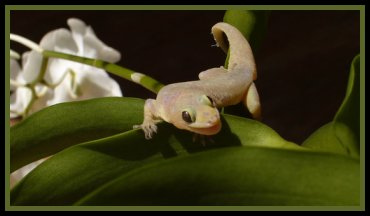













Someone famous came in off one of the other trains. The ladies in my photo were waiting for him. A big guy. I think I'd seen him on the television. I wasn't sure if he was Japanese or not. I'd definitely seen the interviewer. We were told not to take photos. They, camera crew, talent, back up, all went into the small waiting room to film, I guess. The ladies were definitely giddy and fascinated



I'd booked my accommodation in Ikedaen by phone. I'm not great at Japanese on the phone. I can do the basics, but it's best if I know where I'm going to beforehand, or I have some kind of map so that I can listen and reinforce what is being said with a visual prop.
The woman had given me the name of the minshuku, and how much it would cost, but I had no clue where it was. I was hoping it was where the bus stopped at Yasumi-ya, though considering the price, I doubted it. The lake is 46km in circumference, though, and I didn't know how I would get there if it wasn't in this centre. The buses really didn't run that regularly.
I went to the visitors' centre (had half an hour to spare before they closed) and they directed me to a very nearby minshuku with a name very similar to my own. I was surprised because it was so close to the lake and the centre of town, how could it be so cheap? (¥3700). It wasn't the right minshuku. The guy looked up my name. Nothing. Then he put in a call to somewhere else and I was picked up. The minshuku in town is called kokuminshuku, the one I was going to is called kokuminshukusha. Koku is the kanji for country.
An older bloke picked me up in not the newest of vans. At first, I was really disappointed, thinking I'd be miles from everywhere. But then, I really wanted to walk the track along the Oirase stream, and this was much closer, and later I discovered that the bus actually stopped pretty nearby.
As I checked in, they assured me that they could drive me into the small town so that I could catch my bus out on Sunday (I was continuing south) and they also asked if I wanted to attend a big festival the following night with three other people. Sure, why not? (post, day 10, in the works).
Anyway, my answer as to the cheapness was because it wasn't the newest, as seen by the photo above. I actually got called up on this phone, and yes, it still works. But it was big (the minshuku). It was a faded glory. It had tennis courts, and a good view of the lake, a huge ofuro (bath). The rooms were large, too. I just guess that Yasumi-ya is the place where people want to stay, but perhaps, in the past, this place had been popular.

Likewise, for breakfast, I often wanted to set out before the 7.30 serving time, and I don't get particularly hungry in the early mornings. And of course, an onigiri (riceball) was and is still cheaper than a set breakfast or dinner, but not as delicious.
Another touch that the minshuku had which hinted at former glory, was that the water in the ofuro came forth from a lion's head spout. Rrowrr. Never mind the falling apart, chipped tiles and so forth. It was clean, and once it had been grand. It also provided pumice stones for scraping your feet, in the same way that the Fuji business hotel in Asahikawa (the ¥3200 one, including breakfast) provided disposable razors. Small touches that were not a part of a youth hostel, and often not seen at all in the more modern business hotels.


Later, the small girl who had the dog came down to the waterfront as I was taking pictures. She had a chat to me and declared that my Japanese is very good, but my pronunciation and faking skills are actually pretty good. Still, we got by and she urged me to come to the festival the following night. Absolutely. Zehi! Everyone was looking forward to it.




No comments:
Post a Comment